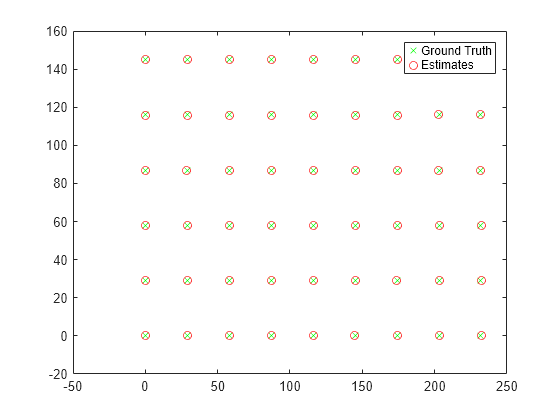img2world2d
Description
worldPoints = img2world2d(imagePoints,tform,intrinsics)imagePoints, onto points on the
X-Y plane in world coordinates
worldPoints, using the rigid transformation
tform.
Examples
Input Arguments
Output Arguments
Extended Capabilities
Version History
Introduced in R2022bSee Also
Apps
Functions
world2img|undistortImage|undistortPoints|estimateCameraParameters|estimateExtrinsics|triangulate|triangulateMultiview|reconstructScene
